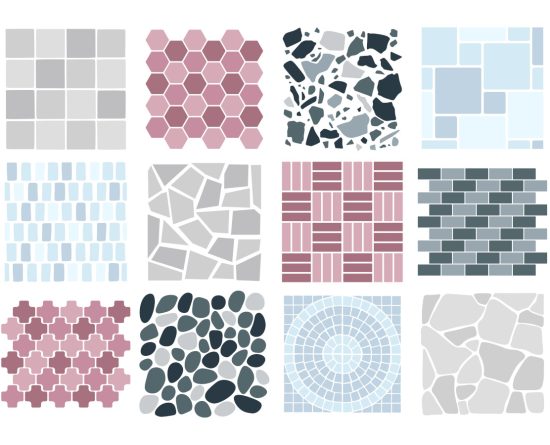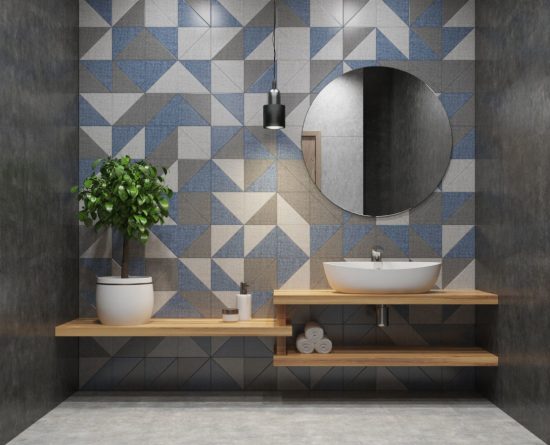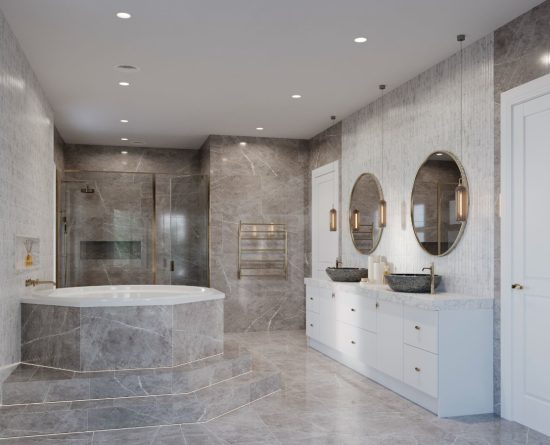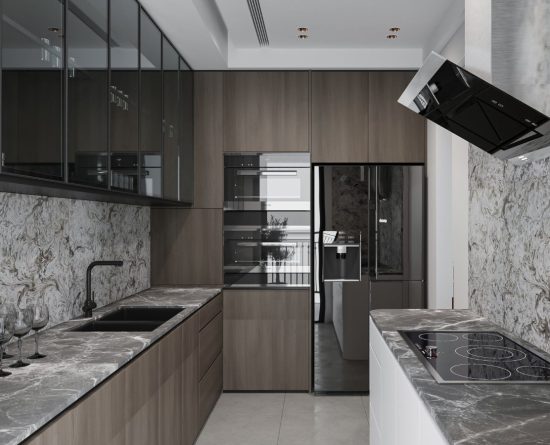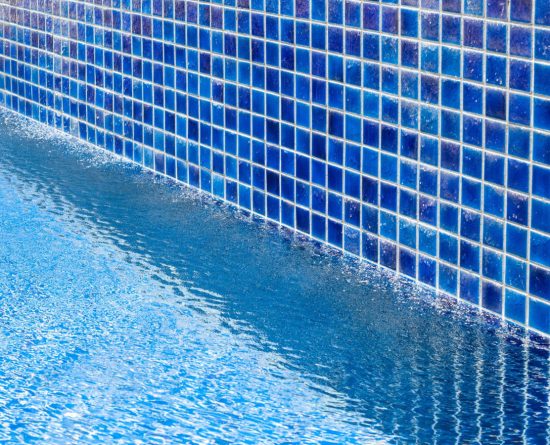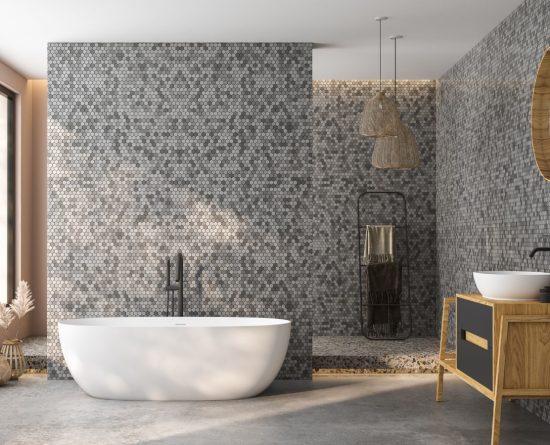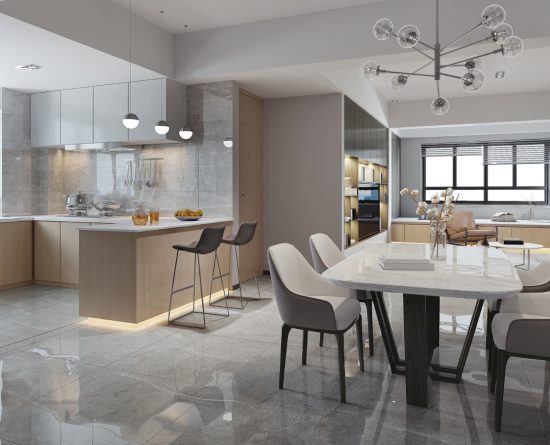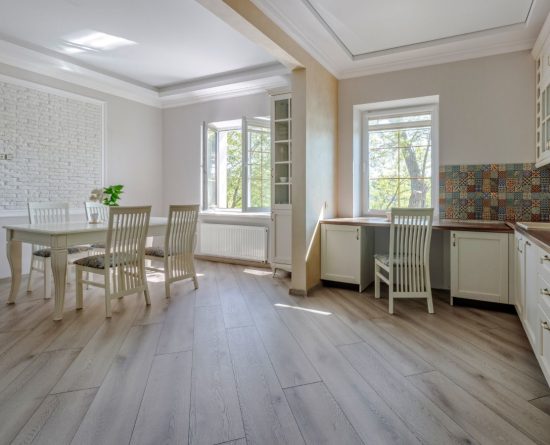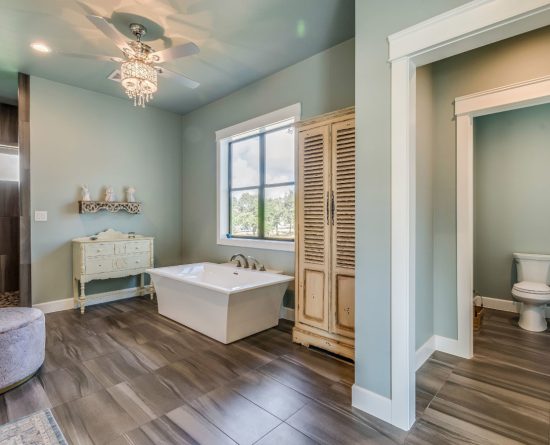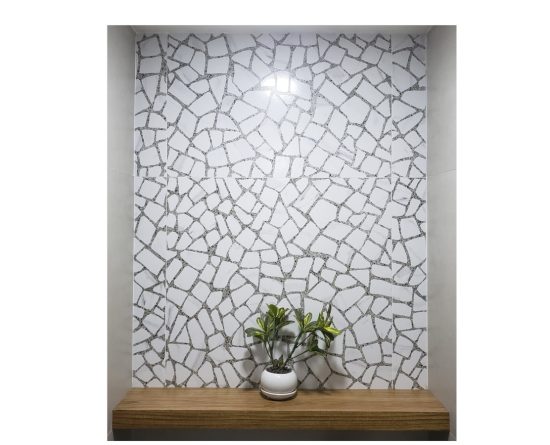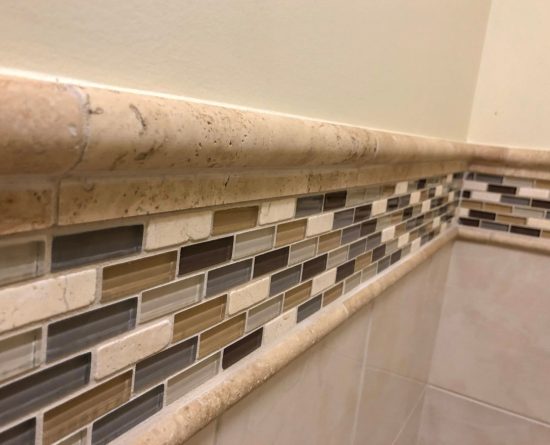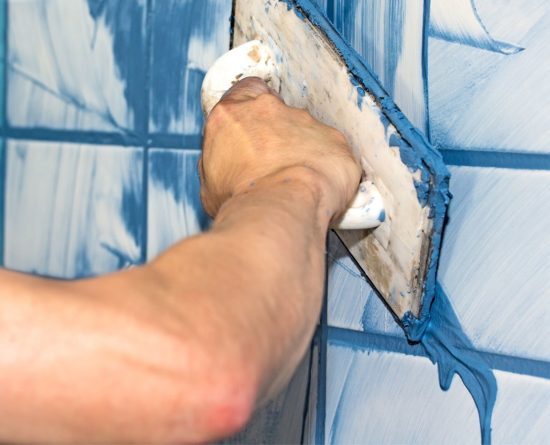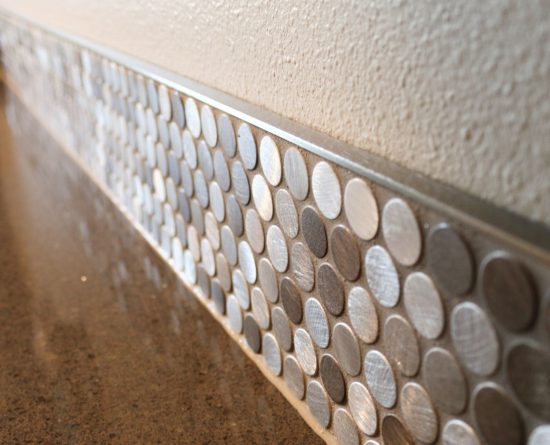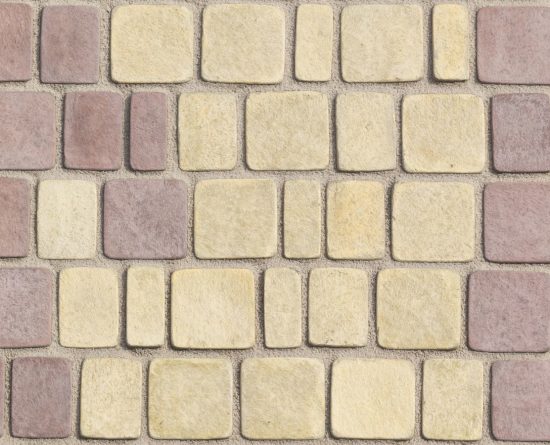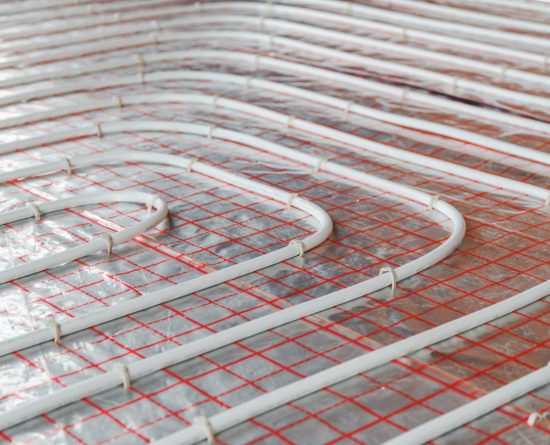
1. Underfloor Heating
Tiled floors, while beautiful and durable, can feel cold underfoot, especially in bathrooms and kitchens. Underfloor heating systems work exceptionally well with tile and can add a luxurious comfort to your space. There are two main types:
- Electric systems: Ideal for smaller areas or retrofitting, these consist of heating mats or loose wires installed beneath the tiles.
- Water-based systems: More suitable for new builds or major renovations, these circulate warm water through pipes under the floor.
Underfloor heating not only provides comfort but can also be an energy-efficient heating solution for your home. However, it’s important to factor in the additional installation cost and (possibly) the slight increase in floor height when planning your project.

